Scientific name Araucaria | Family Araucariaceae Higher classification Araucariaceae | |
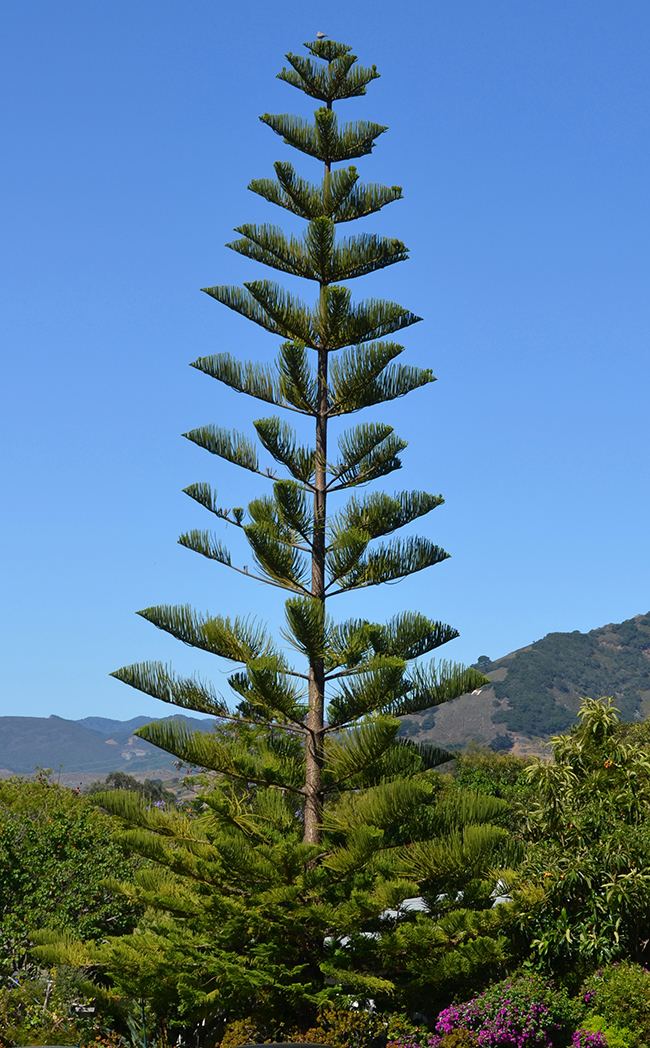 | ||
Lower classifications Monkey puzzle tree, Norfolk Island pine, Araucaria cunninghamii, Bunya Pine, Paraná pine | ||
How to grow araucaria plant norfolk island pine care and tips christmas tree care and tips
Araucaria ( /ærɔːˈKɛəriə/) is a genus of evergreen coniferous trees in the family Araucariaceae. There are 19 extant species in New Caledonia (where 13 species are endemic), Norfolk Island, eastern Australia, New Guinea, Argentina, Chile, and southern Brazil.
Contents
- How to grow araucaria plant norfolk island pine care and tips christmas tree care and tips
- How to airleyring araucaria plant
- Description
- Distribution and paleoecology
- Classification and species list
- Uses
- Food
- Pharmacological activity
- References
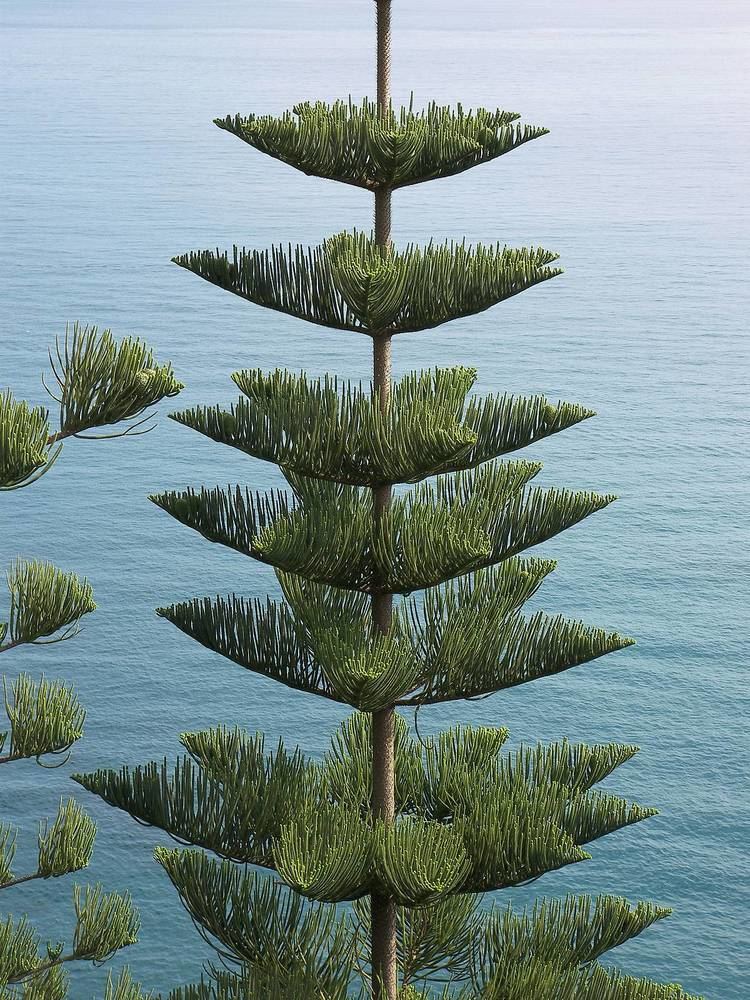
How to airleyring araucaria plant
Description
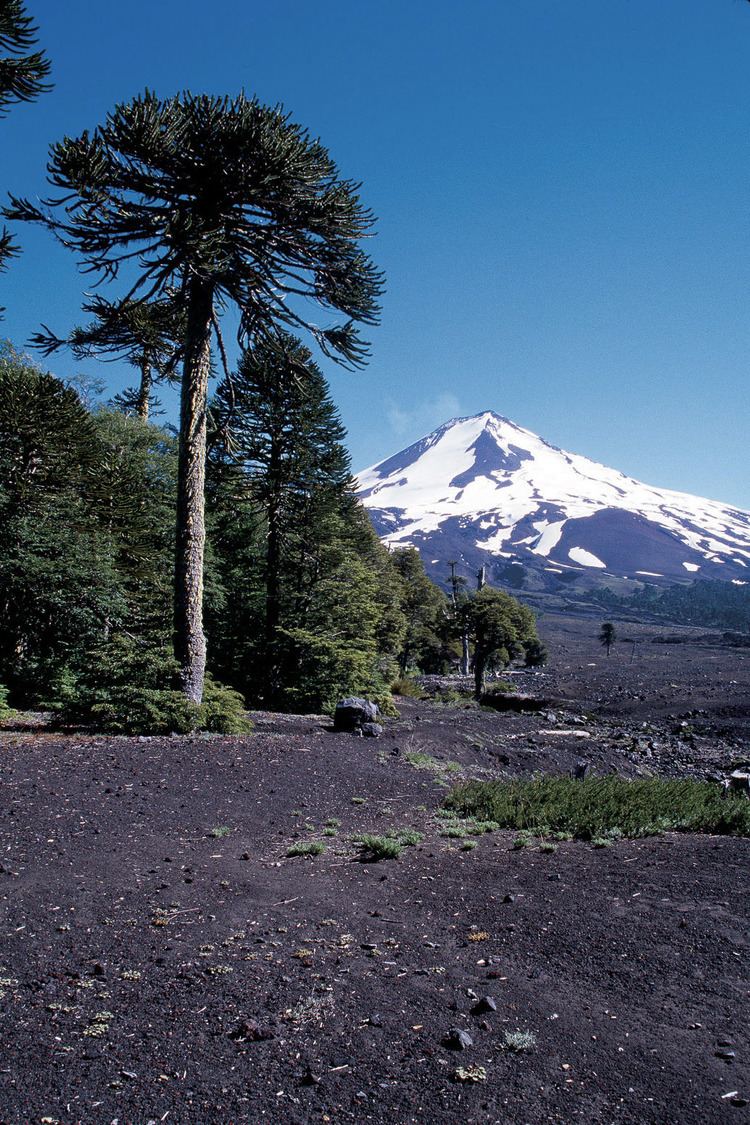
Araucaria are mainly large trees with a massive erect stem, reaching a height of 30–80 metres (98–262 ft). The horizontal, spreading branches grow in whorls and are covered with leathery or needle-like leaves. In some species, the leaves are narrow, awl-shaped and lanceolate, barely overlapping each other; in others they are broad and flat, and overlap broadly.
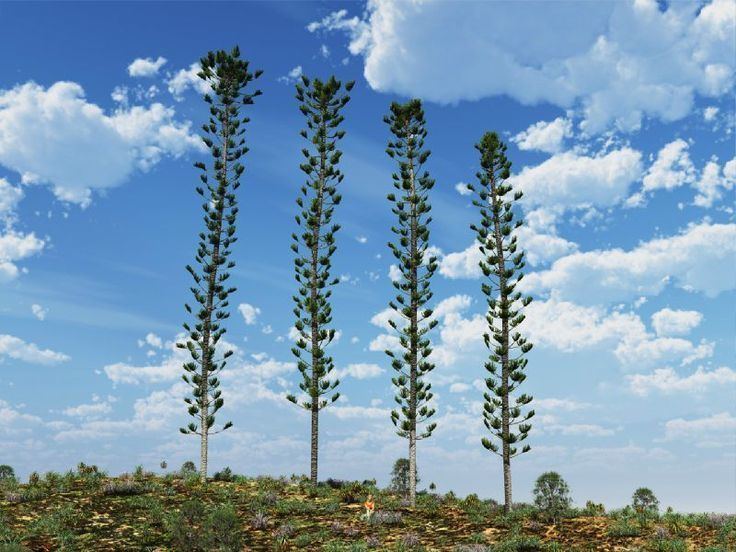
The trees are mostly dioecious, with male and female cones found on separate trees, though occasional individuals are monoecious or change sex with time. The female cones, usually high on the top of the tree, are globose, and vary in size among species from 7 to 25 centimetres (2.8 to 9.8 in) diameter. They contain 80–200 large edible seeds, similar to pine nuts, though larger. The male cones are smaller, 4–10 cm (1.6–3.9 in) long, and narrow to broad cylindrical, 1.5–5.0 cm (0.6–2.0 in) broad.
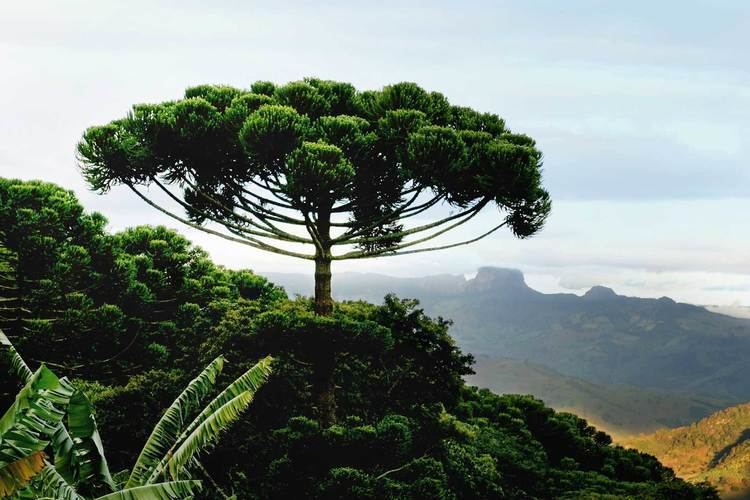
The genus is familiar to many people as the genus of the distinctive Chilean pine or monkey-puzzle tree (Araucaria araucana). The genus is named after the Spanish exonym Araucano ("from Arauco") applied to the Mapuches of central Chile and south-west Argentina, whose territory incorporates natural stands of this genus. The Mapuche people call it pehuéN, and consider it sacred. Some Mapuches living in the Andes name themselves Pehuenches ("people of the pehuén") as they traditionally harvested the seeds extensively for food.
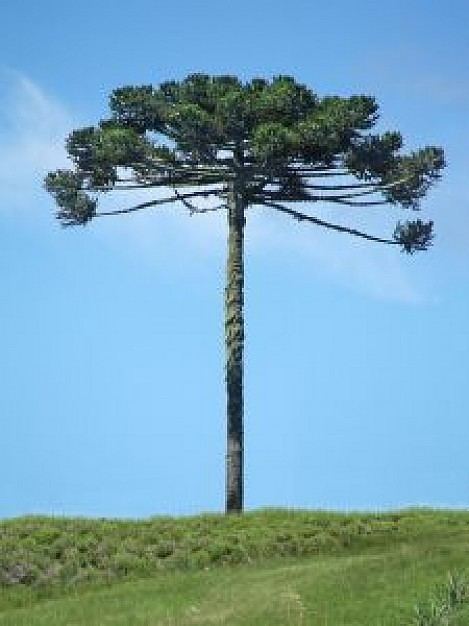
No distinct vernacular name exists for the genus. Many are called "pine", although they are only distantly related to true pines, in the genus Pinus.
Distribution and paleoecology
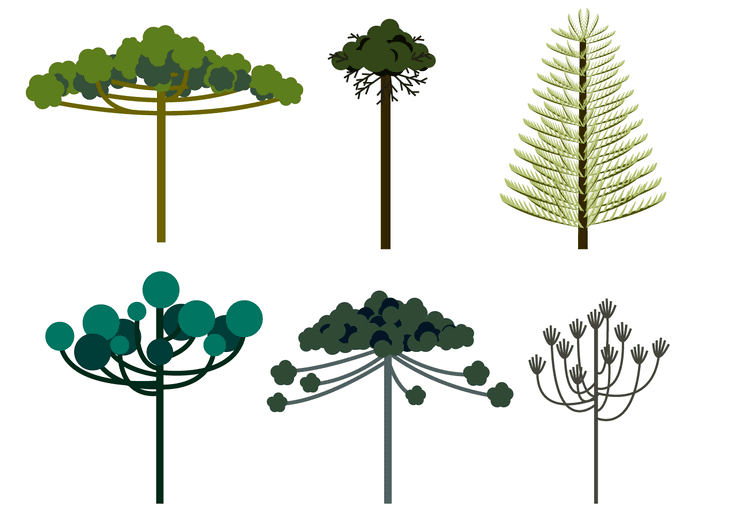
Members of Araucaria are found in Chile, Argentina, southern Brazil, New Caledonia, Norfolk Island, Australia, and New Guinea. There is also a significant, naturalized population of Araucaria columnaris – "Cook'S pine" – on the island of Lanai, in Hawaii, USA. Many if not all current populations are relicts, and of restricted distribution. They are found in forest and maquis shrubland, with an affinity for exposed sites. These columnar trees are living fossils, dating back to early in the Mesozoic age. Fossil records show that the genus also formerly occurred in the northern hemisphere until the end of the Cretaceous period.
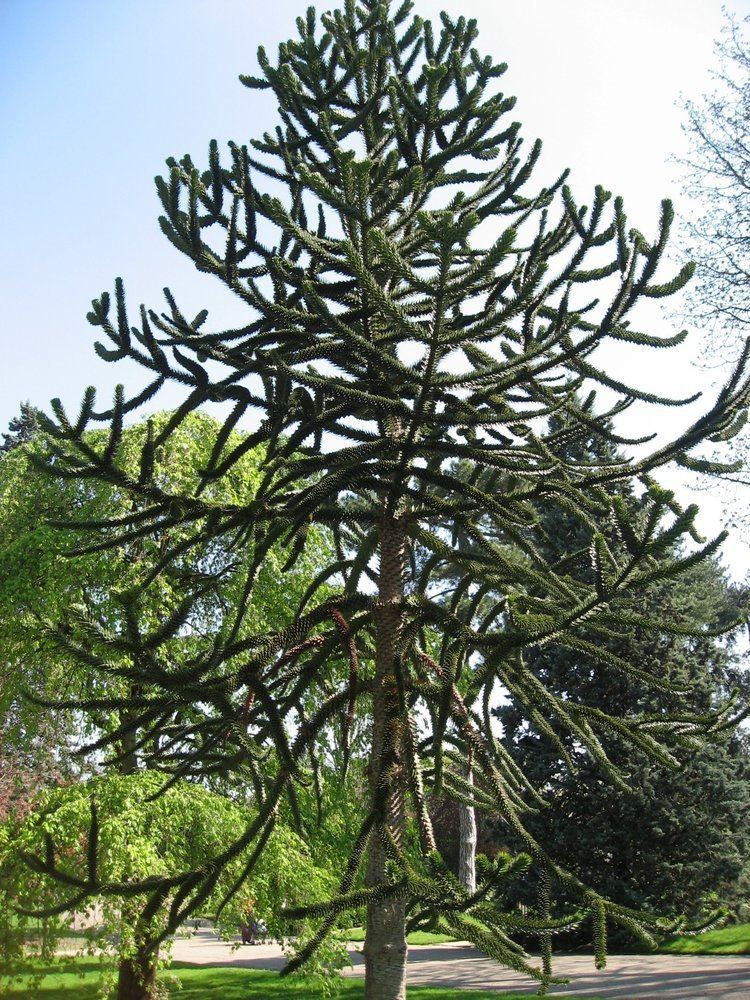
By far the greatest diversity exists in New Caledonia, due to the island's long isolation and stability. Much of New Caledonia is composed of ultramafic rock with serpentine soils, with low levels of nutrients, but high levels of metals such as nickel. Consequently, its endemic Araucaria species are adapted to these conditions, and many species have been severely affected by nickel mining in New Caledonia and are now considered threatened or endangered, due to their habitat lying in prime areas for nickel mining activities.
There is evidence to suggest that the long necks of sauropod dinosaurs may have evolved specifically to browse the foliage of the typically very tall Araucaria trees. The global distribution of vast forests of Araucaria during the Jurassic makes it likely that they were the major high energy food source for adult sauropods.
Classification and species list
There are four extant sections and two extinct sections in the genus, sometimes treated as separate genera. Genetic studies indicate that the extant members of the genus can be subdivided into two large clades – the first consisting of the section Araucaria, Bunya, and Intermedia; and the second of the strongly monophyletic section Eutacta. Sections Eutacta and Bunya are both the oldest taxa of the genus, with Eutacta possibly older.
Araucaria bindrabunensis (previously classified under section Bunya) has been transferred to the genus Araucarites.
Uses
Some of the species are relatively common in cultivation because of their distinctive, formal symmetrical growth habit. Several species are economically important for timber production.
Food
The edible large seeds of A. araucana, A. angustifolia and A. bidwillii — also known as Araucaria nuts, and often called, although improperly, pine nuts — are eaten as food (particularly among the Mapuche people and Native Australians). In South America Araucaria nuts or seeds are called piñas, pinhas, piñones or pinhões, like pine nuts in Europe.
Pharmacological activity
Pharmacological reports on genus Araucaria are anti- ulcer, antiviral, neuro-protective, anti-depressant and anti-coagulant.
